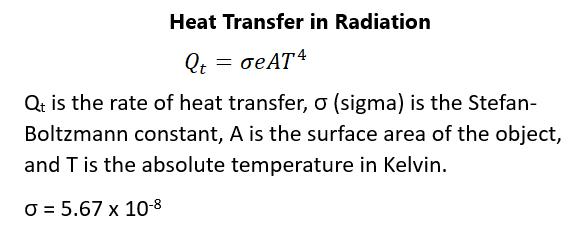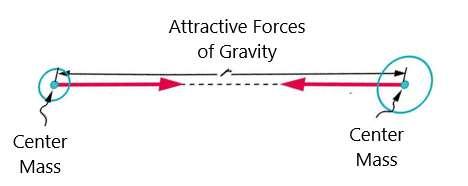KINETIC ENERGY Because work and energy have the same units, you can also say that work does not do nothing nor does it go nowhere. In the situation of a person pushing a lawnmower, the lawnmower will go at a constant speed; however, it will decrease in speed over time if the work is stopped because of friction and the transfer of energy through heat transfer. Work to lift an object up a hill will increase the potential energy of the object that can be recovered through dropping the object off a cliff by means of the force of gravity. We have learned that force results in acceleration. The net work in a system is the sum of work done by all external forces. This force is called the net force so that it can be said that the net work equals the net force times distance times the cosine of theta, which is the angle between the net force vector and the displacement vector. The same is true of the average work, which is the average of different forces times the distance times the cosine of theta. If force times theta is graphed on the y axis and distance is graphed on the x-axis, work is the area beneath the curve. This is described in figure 31:
Figure 31.
In typical linear work situations, where force is applied to drag something across a floor, there are no net forces involved in the vertical direction; the force in the direction of movement equals the force applied in the horizontal x-axis direction minus the force
77




































































